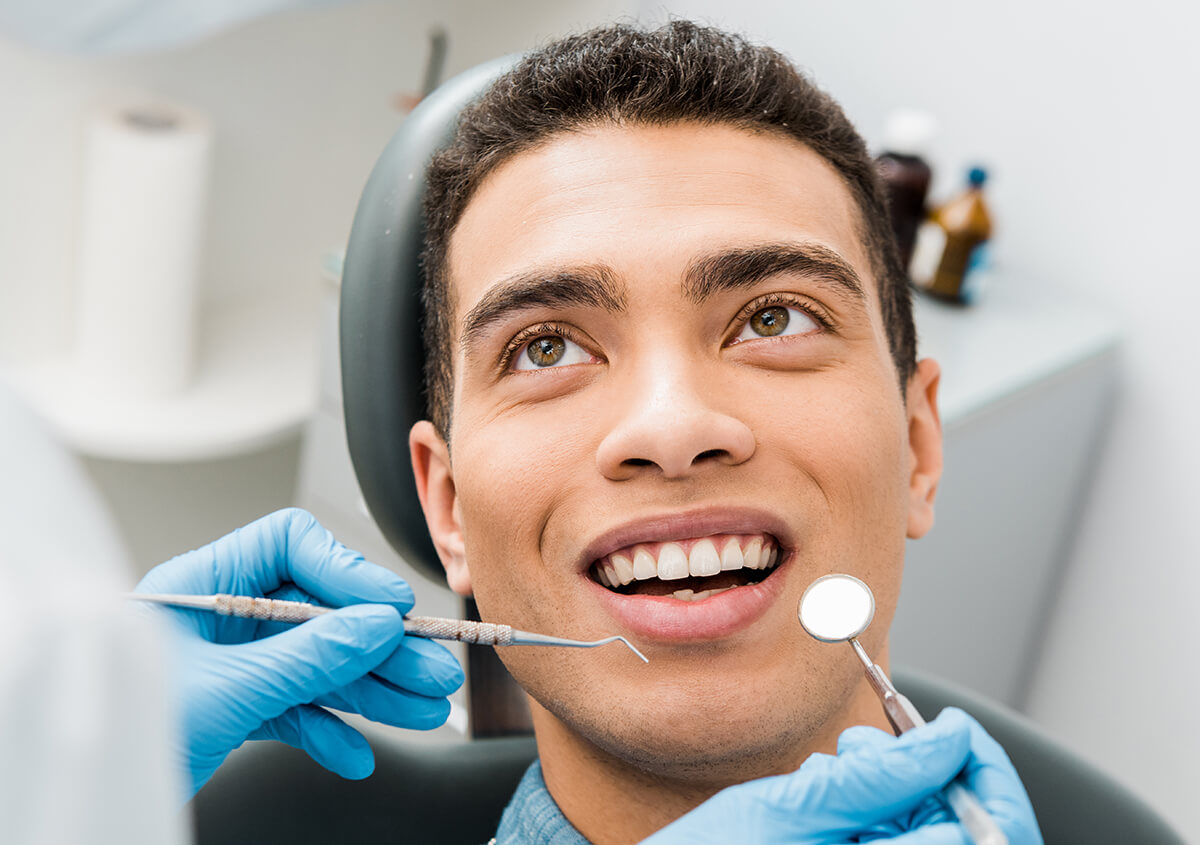Your guide to versatile Dental Bonding
Bonding represents one of the fastest, most conservative, and affordable ways to dramatically improve the appearance of your smile. This dental procedure can be used to correct a variety of common cosmetic problems. But is it right for you? Asuncion Dental Group encourages you to sink your teeth into this guide to smile improvement with dental bonding (also known as direct veneers).
The basics
Patients with gaps between teeth, slight cracks, chips, very dark stains, and irregularly sized and irregularly shaped teeth can benefit from bonding. This process corrects these imperfections with the precise and artful placement of a tooth-like dental material on top of the damaged teeth. In turn, this material is like a durable and attractive shell that covers up or disguises the above spacing, size, shape, color, and surface irregularities. It is appropriate for patients with otherwise healthy teeth and gums.
The process
If Dr. Frederick Asuncion determines that you are a good candidate for dental bonding, he will start by preparing the material designed to replace damaged tooth enamel. The composite resin is typically made from a mix of plastic and glass-like particles, designed to replicate the appearance of natural tooth enamel. The resin is color-matched to the neighboring teeth. So, it blends in naturally with your smile. The surfaces of the teeth to be treated are also “prepared,” which means that they are slightly texturized. The composite resin can better adhere or “bond” to the tooth by roughening up or etching the natural enamel.
Dr. Asuncion then applies the resin to the teeth and shapes them to cover up spaces between teeth or any other conditions that need to be disguised. After the material is perfectly shaped, it is then securely fixed to the teeth. Slight refinements and polishing represent the finishing touch!
The benefits
Dental bonding can be completed in one visit. Since no tooth enamel is removed, it is a conservative and reversible procedure. Conventional procedures also generally preserve maximum natural tooth structure. No alteration of tooth structure also makes the process well-tolerated. There are no risks of sensitivity, and an anesthetic isn’t needed. Bonding is also cost-effective when compared to other cosmetic treatments such as porcelain veneers (indirect veneers).
The alternatives
Porcelain veneers may be preferred. They can correct the same conditions that bonding fixes; however, these veneers are made from stain-resistant porcelain. This material is considered to be the gold standard to replicate natural tooth material. The process requires removing a small amount of natural enamel to accommodate the thickness of the veneer. So, it is not a reversible procedure. Also, you may need an anesthetic to manage the sensitivity associated with the removal of enamel.
Fortunately, porcelain veneers at our office can be in-house in a single visit with the CEREC system. Usually, an outside lab makes these veneers, requiring a roughly two-week wait time and a return trip to the dentist’s office.
Depending on your needs, we may suggest treatments such as professional teeth whitening, crowns, or Invisalign® cosmetic “braces.” Contact us today at (301) 690-8482 to schedule your appointment and determine what option is best for you.


